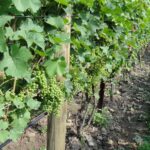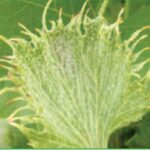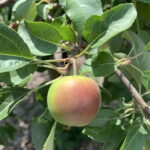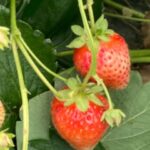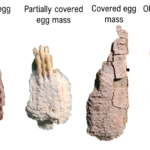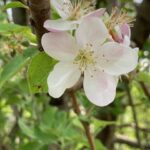Now is the time to start thinking about leaf removal in grapevines. Cluster zone leaf removal can lower risk of disease, increase spray penetration and even improve fruit quality. The period immediately after bloom to 3 weeks post-bloom is the most effective time for leaf removal. Leaf pulling after this time can increase the risk[Read More…]
Grapes
Pesticide Drift Grapes are particularly sensitive to growth regulator herbicides, such as 2,4-D and dicamba, which are widely used in corn and soybean production. These products can injure the vines, significantly reduce yields and contaminate the fruit even at extremely low rates. The most common symptoms of pesticide exposure include distortion of leaves and stunting[Read More…]
As of March 2022, Indiana has one known county with a confirmed Spotted Lanternfly (SLF) population: Switzerland County (Figure 1). Penn State University has created a SLF egg hatch prediction map that estimates the emergence of the first SLF instar based on temperature conditions (Figure 2). Please note: this map does not show where SLF[Read More…]
Shoot thinning is a canopy management practice that involves removing shoots in the grapevine canopy to reduce shoot density and help balance vegetative and reproductive growth. Potential benefits of shoot thinning: Improved air circulation Improved sunlight penetration Reduction of disease pressure Increased spray penetration *shoot thinning and positioning not only affects the current season’s growth,[Read More…]
Cold temperatures throughout March and April have led to delays in grapevine phenology ranging from 7-14 days behind normal. Generally speaking, later bud break reduces the risk of spring frost damage. However, warm weather over the weekend has progressed bud development greatly. Buds are in various stages of growth across the state, ranging from bud[Read More…]
